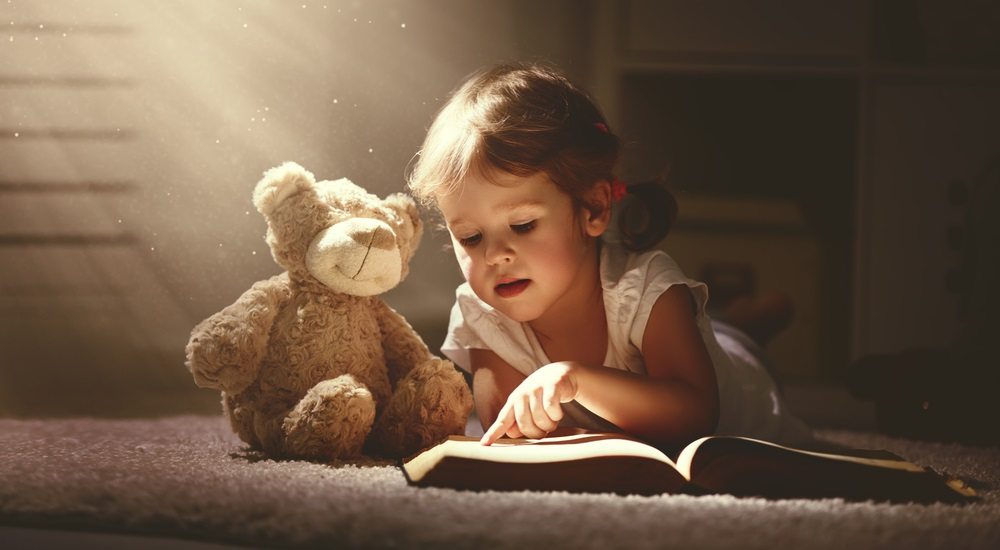
Marketers are always talking about wanting to appeal to millennials but a number of brands are now taking this a step further and launching sub-brands targeted specifically at this generation.
Earlier this month, Vodafone unveiled Voxi, a mobile network designed specifically for under-25s. It offers young consumers three SIM-only mobile plans, with free data for social media apps such as Instagram, Facebook and Twitter.
Dan Lambrou, who is heading up the Voxi brand, believes Vodafone needed to launch a new brand because it tends to “underscore” with this audience. When it launched a similar proposition in Portugal with sub-brand Yorn, it grew its share of this segment to 60%, he claims.
“This audience is in unison when it comes to the way they use mobile phones. They are financially constrained, tired of being tied to contracts, spend most of their time messaging people on social media – so the plan is to address those needs directly,” he says.
Lees dit artikel op Marketingweek








